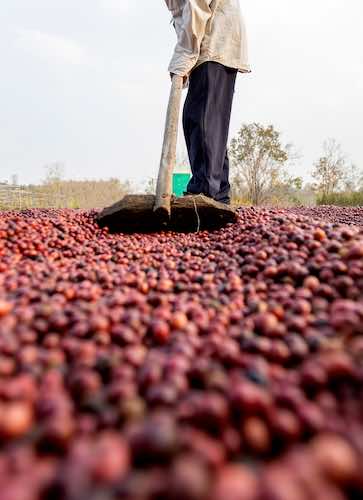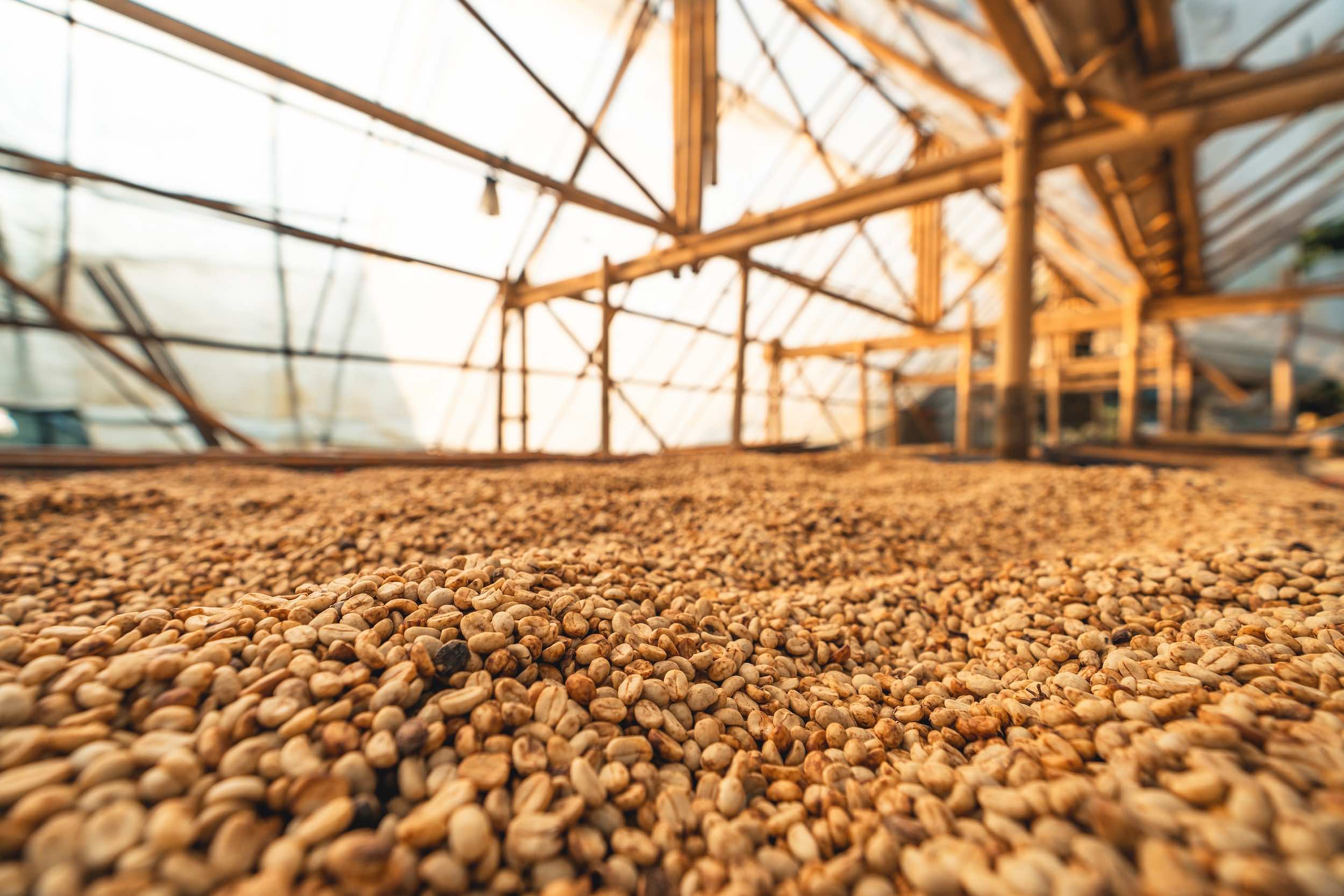The global coffee market is facing one of its most significant disruptions in recent history, with Arabica coffee prices soaring to unprecedented heights. According to The Times, September 16th, saw coffee futures soar almost 5% in New York to $2.718 a pound, the highest price in 13 years. A combination of severe drought in Brazil and a devastating typhoon in Vietnam, two of the world’s largest coffee producers, has pushed coffee prices up by about 40% this year alone.
1. Drought in Brazil: Straining Arabica Supply
Brazil, the world’s largest producer of Arabica coffee, has been hit by a prolonged drought that has decimated coffee crops. The country produces about 35% of the world’s coffee beans. Arabica coffee, known for its superior quality and flavor, is particularly sensitive to environmental conditions. The lack of sufficient rainfall has reduced the output of coffee beans, tightening supply at a time when global demand remains strong.
For coffee farmers in Brazil, the drought is creating uncertainty about future harvests. With lower yields and the potential for long-term damage to coffee plants, the shortage of Arabica beans is expected to persist, contributing to the surge in prices.
“The potential of the 2025/26 arabica crop is hanging by a thread,” Carlos Mera, a Rabobank agri commodities analyst, told Bloomberg. Low rainfall in arabica-growing areas “comes at a time when the coffee industry is suffering from port congestion in several countries, global scarcity of containers, disruptions around the Red Sea and also disappointing crops in Vietnam.” (The Times)
2. Typhoon in Vietnam: Straining Robusta Supply
 At the same time, Vietnam, which produces over a third of the world’s Robusta coffee, has been severely impacted by Typhoon Yagi which has damaged the country’s coffee crop and led to over a hundred deaths. Robusta coffee, typically used in instant coffee and lower-cost blends, serves as a more affordable alternative to Arabica.
At the same time, Vietnam, which produces over a third of the world’s Robusta coffee, has been severely impacted by Typhoon Yagi which has damaged the country’s coffee crop and led to over a hundred deaths. Robusta coffee, typically used in instant coffee and lower-cost blends, serves as a more affordable alternative to Arabica.
With Robusta in short supply, buyers are increasingly forced to turn to Arabica coffee. The imbalance between supply and demand for both types of coffee is putting immense pressure on the global market.
3. Cheaper Robusta Shortages Push Arabica Prices Higher
The shortage of Robusta coffee is having a ripple effect on the Arabica market. As large-scale buyers and roasters scramble to secure coffee beans, they are shifting their focus to Arabica to fill the gap. This surge in demand for Arabica, combined with the drought in Brazil, is creating a situation where prices are skyrocketing.
4. Global Market Impact
Retailers have been forced to pass increased costs on to consumers in the form of higher retail prices for both Arabica and Robusta blends.
Last month JM Smucker, the American consumer goods company behind brands including Dunkin’ and Café Bustelo, said it had made consecutive price rises to combat soaring prices of unroasted beans. “In response to recent higher green coffee costs and the pass-through nature of the coffee category, we are taking a second list price increase across our portfolio in early October,” Smucker said. (The Times)
Furthermore, the coffee industry, which already faces challenges from climate change, will likely see more volatility in the future. The increased frequency of extreme weather events poses a long-term risk to the stability of coffee supplies, particularly for sensitive crops like Arabica.
5. What’s Next for Coffee Prices?
Remarkably Arabica coffee is the second only to petroleum in value worldwide as a traded and consumed commodity. Global climate change may reduce growing areas by half by the year 2050. It’s all too easy to understand that coffee will continue to get more and more expensive.


Recent Comments